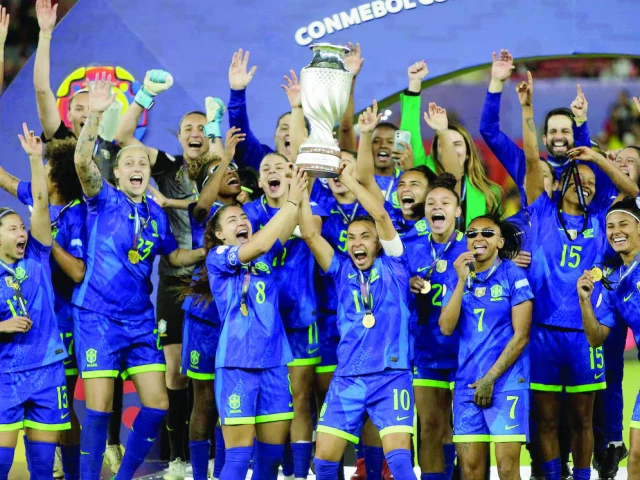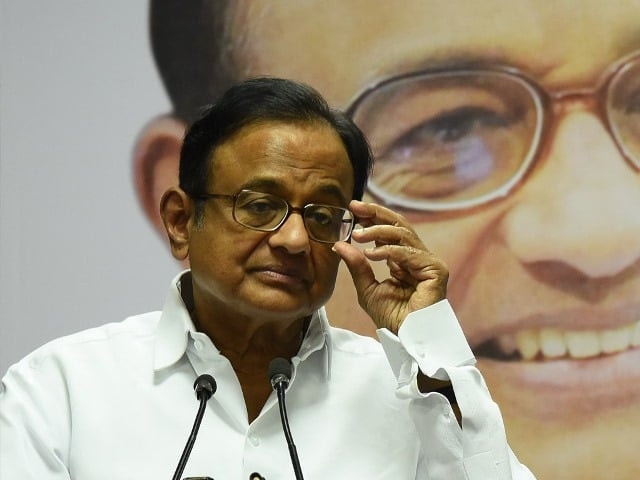Women’s Copa America: Growth Amid Challenges in South American Football
The recent Women’s Copa America in Ecuador wrapped up with an electrifying final, where Brazil triumphed over Colombia in a nail-biting 5-4 shootout after a thrilling 4-4 draw. This marks Brazil’s ninth title, but the tournament revealed significant hurdles still facing women’s football in South America, such as logistical issues and surprising low turnout at matches.
In a final that has been described as one of the best in the tournament’s history, viewers were treated to a showdown where Colombia took the lead three times, each time answered by a relentless Brazil. The iconic Marta, a true legend of the game, delivered yet again, scoring critical goals that not only pushed the game into extra time but also sparked hopes of Brazilian glory.
Yet, while the match may have thrilled those present, it highlighted a stark contrast between the incredible talent on display and the promotional efforts around the event. The attendance of nearly 24,000 fans was commendable but still left the 41,575-seat Estadio Rodrigo Paz Delgado far from full. Reports indicated that many locals were unaware that the tournament was taking place, leading to questions about marketing and public engagement.
Fans paid as little as $5 for tickets, which means that affordability wasn’t the issue. Rather, late planning—tickets were released just eight days before the first match—hindered visibility. As one local fan noted, it was disheartening to see empty stands for a tournament brimming with potential and skill.
Despite these challenges, the numbers on screen told a different story. The final attracted over 300,000 viewers—an astonishing increase of 273% from the previous year—indicating that there is a significant audience for women’s football in the region. This growing interest, paired with the skill showcased by the players, paints a promising picture for the future.
As we look ahead to the inaugural CONMEBOL Women’s Nations League in October, it presents a fresh opportunity for South America to address the off-field challenges seen during the Copa America. With players already demonstrating world-class capabilities, the potential to uplift women’s football hinges on better investment in promotion, venue infrastructure, and comprehensive planning.
The world of women’s football is evolving rapidly, and while the South American scene faces obstacles, the desire for growth is palpable. For fans of all levels, engaging with the narrative of women’s football is more important than ever. If you’re interested in staying connected with the latest in women’s sports, consider checking out Pro21st for insights and updates!





